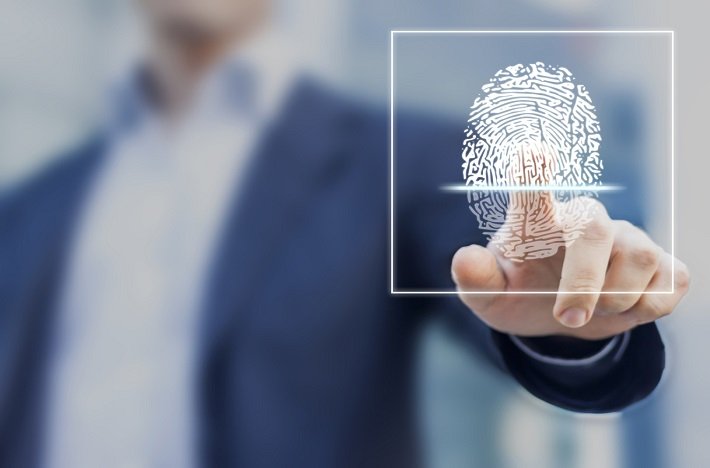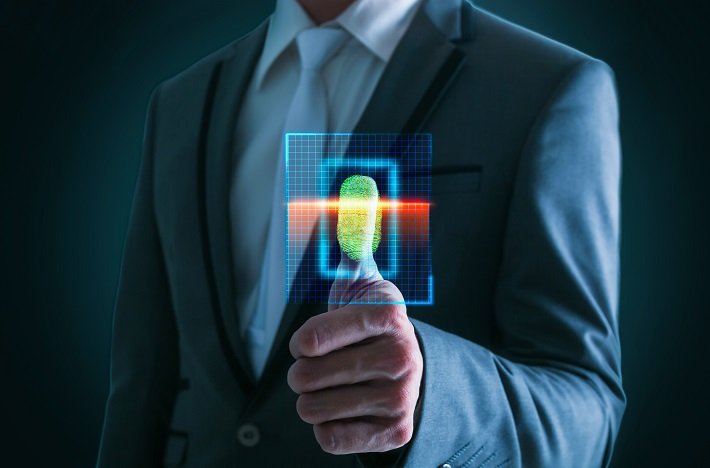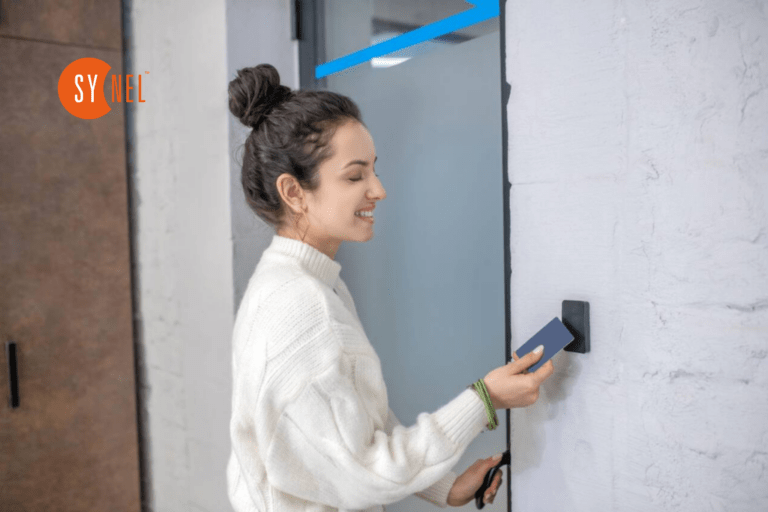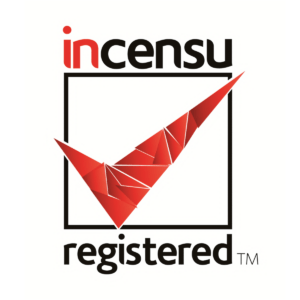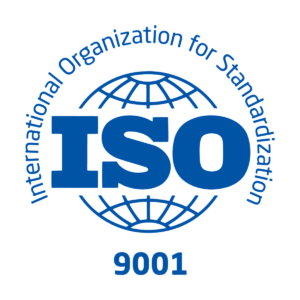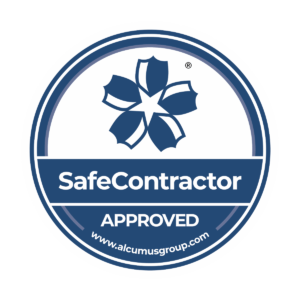How secure is your building? Is your access control technology up to date?
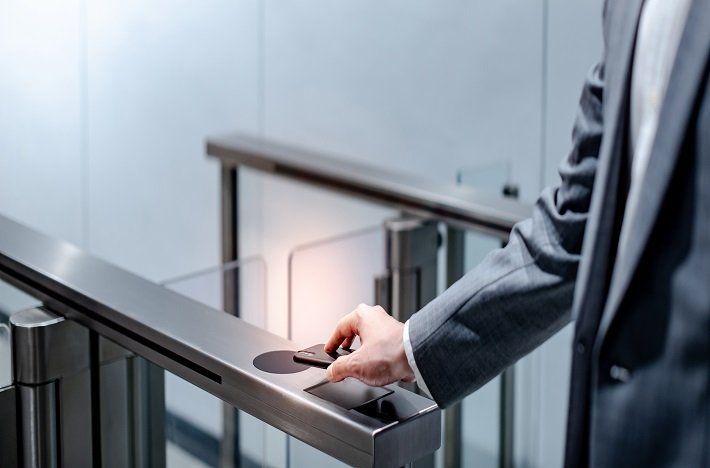
Nowadays, protection is an absolute priority – violent incidents are becoming a long way more customary and your safety is relevant in every approach.
Access control systems have many advantages for modern businesses:
- Secure a building, area or location
- Safeguard the security of private information and assets
- Enhance the security for staff
- Lower the risk of unapproved admittance
The most widely used biometric access control systems consist of:
Double doors, Emergency Exits, Lifts, Remote control systems, Revolving Doors, Gate entry systems, Biometric readers.
The above technologies should be part of a complete electronic security system that complements the security of the employees and maintains the overall security of the business assets. One of the biggest benefits of access control is that it can reduce the overall cost of managing security as a whole.
In each access control system, there are three stages to the security process.
Identification, authentication and authorisation.
Recognition: At an initial stage, the user must provide some form of identification to access the system – whether it is a door, turnstile, locker or gate.
Verification: once recognition has been provided, the system will verify that the user is authorised to access the system.
Authorisation: after authenticating the identity or input method, the access control system will then grant or deny authorisation to the system. The second and third stage are managed electronically, while the first stage requires manual entry.
The most important things to consider when selecting an access control system are: cost, integration, stability and updates. After setting a budget, businesses can then examine the integration of the systems, stability issues and all the updates that may be required.
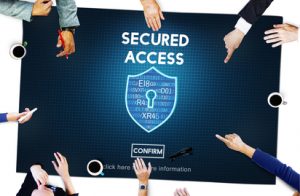
Depending on the specific needs of a business, additional security may be required. In this case, a business would need a more secure system, like, for example, biometric readers. On government building, hospitals, schools and within offices, it may be imperative to limit entry to specific areas. Therefore, the system will require to authenticate the identity of individuals. A gate entry would not provide the same level of security just as a biometric reader attached to a door lock.
Examine layout and security of the building. When reviewing the security of a building, the first place to start is the layout of the facility. This can be helpful for selecting the appropriate access control technologies. The following list with questions can be used as a guide before you invest in a new Access Control System.
- How many different perimeters would you want to control the access to?
- How many doors would you want to control the access to?
- What type of doors are you planning to have access control measures on? (standard / turnstile / glass door / heavy door / double door ETC)
- Are there different security groups with different set of access to the doors within the organization?
- What level of identification would you require – PIN (least secure) / Fob or Card / Biometric (most secure)
- What is the scenario in case of an emergency in terms of emergency exits?
- How will the emergency state be triggered (automated fire panel / system interface)?

The first question deals with the areas that need to be protected. Once this is determined, a business can begin considering which systems will be more effective. The next phase is the business to decide who will have access to the area, where within the building they can go, and when to authorise access. By answering all the above questions, it becomes easier to decide how to allow people to gain access to a protected area.
Security and access control technology work together. When people can misuse or abuse these technologies, then they become worthless. For this reason, it is essential to run frequent tests of the security systems.
The security of a building is restricted by the systems that are put in place. The more room there is for human error, the more room there is for a security breach. When security is an issue, proper access control systems must be put in place.
The variety of access control systems available, such as standalone, wireless, or fully integrated, can be a help and an obstacle to time-constrained facilities managers.
For most businesses, it is important to create a balance between creating a safe environment, secure environment – while at the same time taking in consideration budget restrictions. Planning for security should focus on protecting three areas: people, assets and data. Access control can provide this in a cost-effective way while ensuring the accurate implementation of all the security requirements of the building.
If you enjoyed this blog post, you can also read Protect & secure what matters most – Autofire Reports Solution by Synel. Click here
